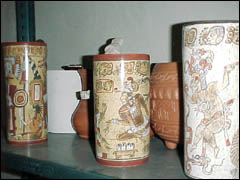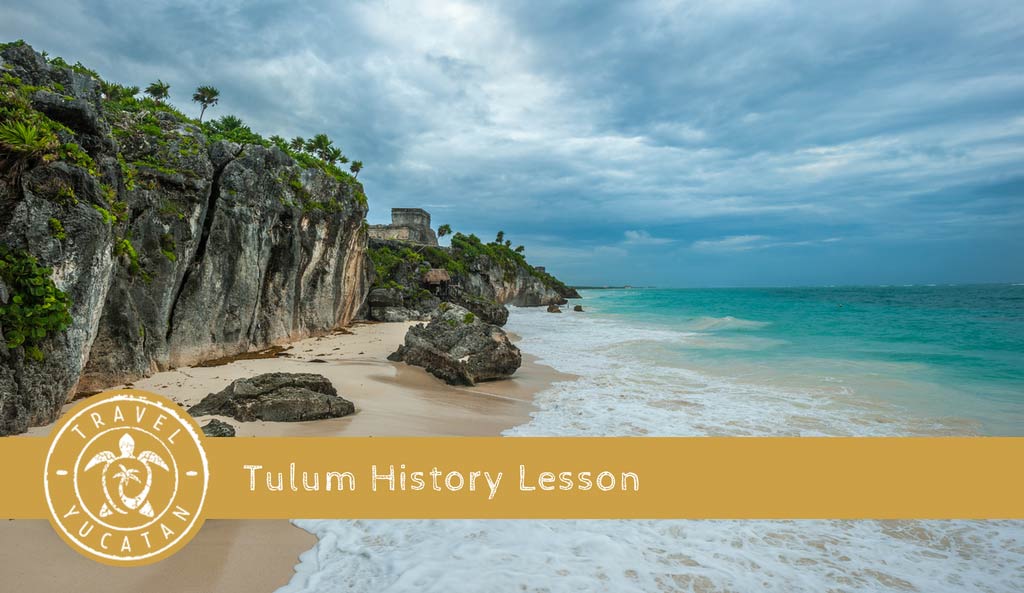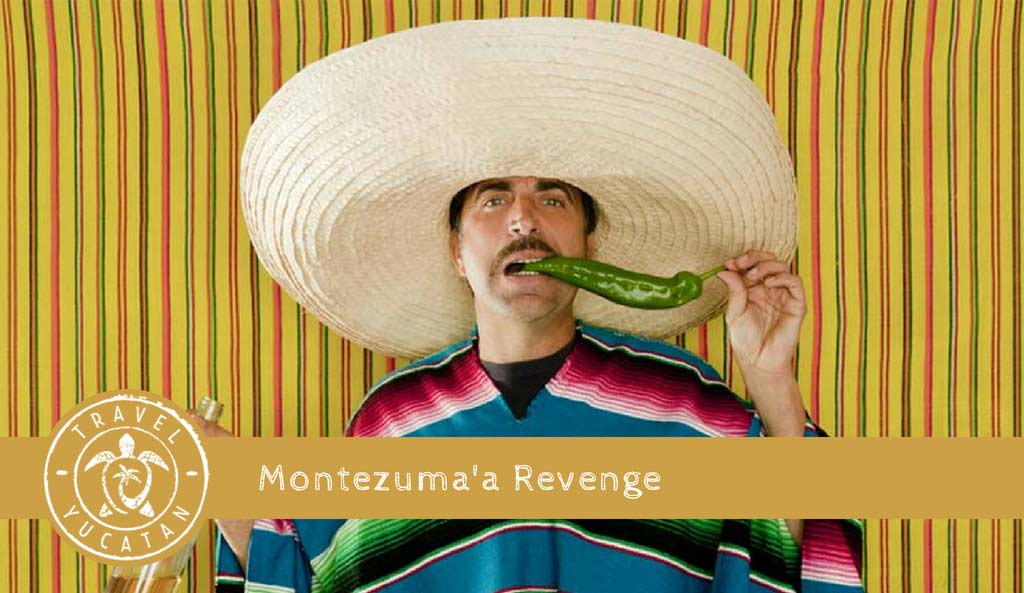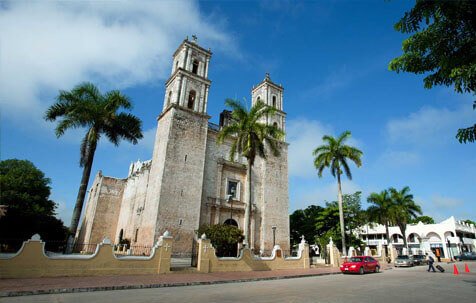|
 Our team sent a member to the home of Roger Juarez Serralta, a regional potter & sculptor who has become an expert on Mayan art, and the preeminent artist in the world at recreating the art of Mayan antiquity. His replicas and original creations have won various awards and national recognition; his pieces are displayed in publications and museums, including the Museo de Mexico.
Our team sent a member to the home of Roger Juarez Serralta, a regional potter & sculptor who has become an expert on Mayan art, and the preeminent artist in the world at recreating the art of Mayan antiquity. His replicas and original creations have won various awards and national recognition; his pieces are displayed in publications and museums, including the Museo de Mexico.
Serralta (or Roger, as everyone calls him) lives in an extremely modest home in Ticul that belies its importance as the birthplace of the most skillfully crafted, highly regarded Mayan art on the planet. The primary workplace is a thatched-roof, wood-and-stucco protrusion from the side of the house. The workspace is lit with natural light coming through the door less entryways; work materials and unfinished pieces line the walls and the edges of the floor. The kiln is a large, dome-shaped earthen oven outside in the yard on the opposite side of the house.
The clay he uses is barro, a natural terra cotta found in caves. He mixes this with stone dust to form a mixture called sascab, to which water is added. The wet sascab is then strained through a tennis racquet and sun-dried for two days; at this point it is still moist enough to be easily malleable, but dry enough to hold a shape. This sascab may then be wrapped in plastic to retain its moisture; when conditions are humid, the sascab may be stored this way for two or three months.
For a bowl or plate, Roger typically starts by flattening a chunk of clay by hand upon a wheel, or kabal. He scrapes it smooth and flat and evens out the edges. Walls are formed with pinch-pot coils – strips of clay are pressed around the edges of the base and pinched and pressed together to remove the seams. A scraper is used to cant the walls, and a piece of wet leather is used to smooth out the edges. The piece must then be left for three hours in the shade – drying it too quickly when it´s wet will cause cracks. After this, it is sun-dried an additional couple of days, and is then ready for painting.
Roger applies color to his pieces using entirely natural pigments used by the early Mayans, with the possible exception of blue pigments, for which the original sources are not precisely known. Materials used include enwove, an orange dust pigment (adding more or less water dilutes or intensifies the color, and makes possible such variants as red, yellow, & orange); at choc, or tierra negra, a black pigment taken from the centers of certain found in estuaries (red & black may be combined for brown); vacuum, a white stone pigment; and cobalt oxide materials for blue – these come from Puebla, Jalisco and Guadalajara.
Using various brushes, most of which he makes himself, Roger applies tierra negra or engove freehand, creating a Mayan figure or other image; some of his creations are wholly original works done in the style of the ancients, while others recreate specific pieces from antiquity. After painting, this unfired pottery (or “greenware”) is covered with wet fabric, then polished with hematite, jade & metal. The piece is allowed to dry again, and then fired at temperatures of 800 or 900 degrees (centigrade) in the kiln. Roger´s art is renowned for its authenticity; laboratory tests have revealed close similarities between the material compositions of his creations and those of pieces from Mayan antiquity.
Roger has been making Mayan art this way for 26 or 27 years. Before this, he created pottery, but it was done using more contemporary (albeit still traditional) techniques that are widely practiced by other craftsmen – Roger comes from a family of potters. As a young man he became interested in the ancient art and the techniques used to make it, and began to research the old ways and styles. When he began, he used synthetic materials favored by other contemporary potters, but as he began to research the old craft, he started incorporating more and more of the older techniques and materials.
He read books and asked questions, amassing knowledge that had previously been known but not collected in one place or known to a single individual. Through years of work, research, experimentation, and trial & error, he came to his present degree of mastery. He says he still learns a little more each day, and always tries to do better, but that at this point no great mysteries remain; he’s confident he now knows all the essential artistic secrets of the ancients.
At the present time it seems Roger shall remain the only practitioner of the craft for some time to come – a state program to develop apprentices fell through. He is teaching his techniques to his wife and son, but for now his craft is entirely his own.
University of Florida for permission to reprint this article.






